Food of Assam: Take the Delicious Bites of Assamese Cuisine
This blog will take you on a tasty tour of some of the wonderful foods you can find in this northeastern Indian state. From comfort food of Assam to festive specialties, the cooking traditions of Assam offer something to satisfy every palate. You’ll learn about classic dishes like pitas and Tenga as well as some modern twists. We hope reading about these treats will have you hungering to try some of the flavours of Assam for yourself very soon. Now let’s get started with a brief history lesson before we dive into the delightful dishes.
History of Assam
The state of Assam has a long and rich history stretching back many centuries. The earliest inhabitants were hunter-gatherers who lived in the region thousands of years ago. Early farming communities first appeared around 4500 BC. By the 4th century AD, the Kamarupa Kingdom was well established as a power in the region. This kingdom dominated Assam for many years and helped shape the culture.
In the medieval period, the Ahom Kingdom rose to prominence starting in the 13th century. They ruled much of present-day Assam until the 19th century. Assam was then contested between the Ahom rulers and the expanding Mughal Empire from India. The two powers fought wars for decades over control of the land. In the early 19th century, Lower Assam fell under Burmese control for a time.
The British soon took over from the Burmese after the First Anglo-Burmese War in 1826. They administered Assam as part of the Bengal Presidency and later as a separate province. After Indian independence in 1947, Assam became a state within the newly-formed nation of India. Today, Assamese culture continues to be influenced by these diverse rulers and immigrant groups from its long history.
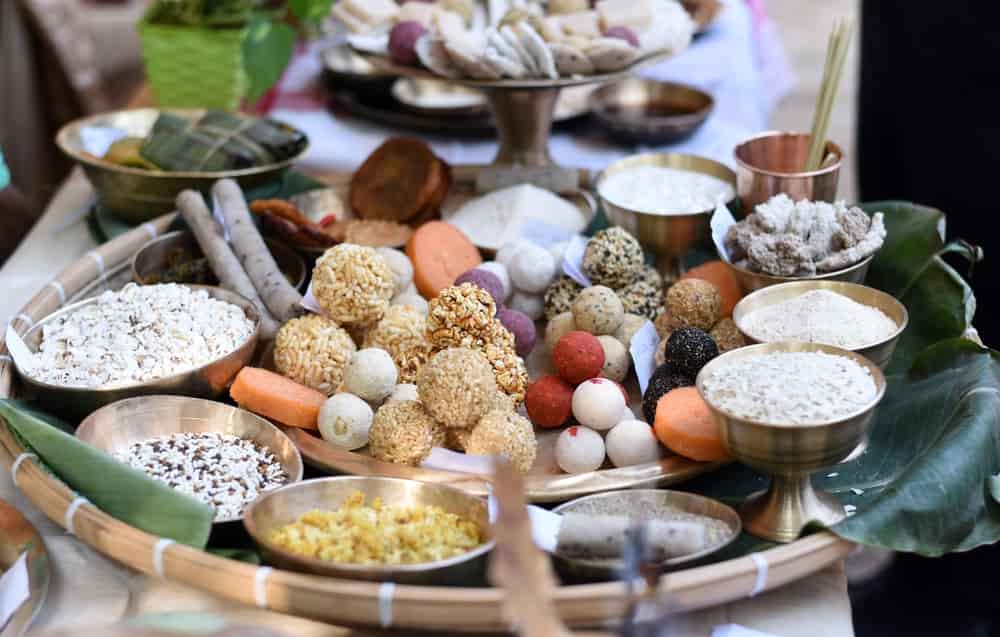
Culture of Assam
The culture of Assam is vibrant and diverse. Assam’s famous food forms an intrinsic part of their rich traditions and way of life. Rice lies at the heart of Assamese agriculture and acts as their staple. It is enjoyed with a variety of fresh vegetables, herbs and meats that change with seasons. Fish is plentiful given Assam’s location along mighty rivers like the Brahmaputra. Ducks are another signature ingredient often cooked in mustard oil tempered with local spices.
Community bonding occurs over shared meals, which even commence with a light drink of tender coconut water or juices. The art of weaving adds beauty to their textiles with intricate designs on silk and cotton fabrics. Traditional crafts like pottery and bell metal works continue under skilled craftsmen. Fertility festivals promote harmony with nature through dances and rituals thanking gods for bountiful harvests.
Religious sites of worship like the Kamakhya Temple stand testimony to their syncretism as locals adopt both Hindu and tribal practices. Assamese people take great pride in their poetry, folklore and music that pass down tales of valour, love and wisdom through generations. Their hospitality reflects the warm greetings of “Oxomi” meaning “hello” in their native language.
10 Must Have Food in Assam
Assam is a beautiful northeastern state known for its natural beauty and unique culture. The Assam cuisine stands out and is quite different from other Indian cuisines. While spice and flavour are an important part of Assamese cooking, there is much more depth to it than just heat. Here we will dive deeper into some of the distinctive dishes that showcase the local flavours of Assam.
Khar
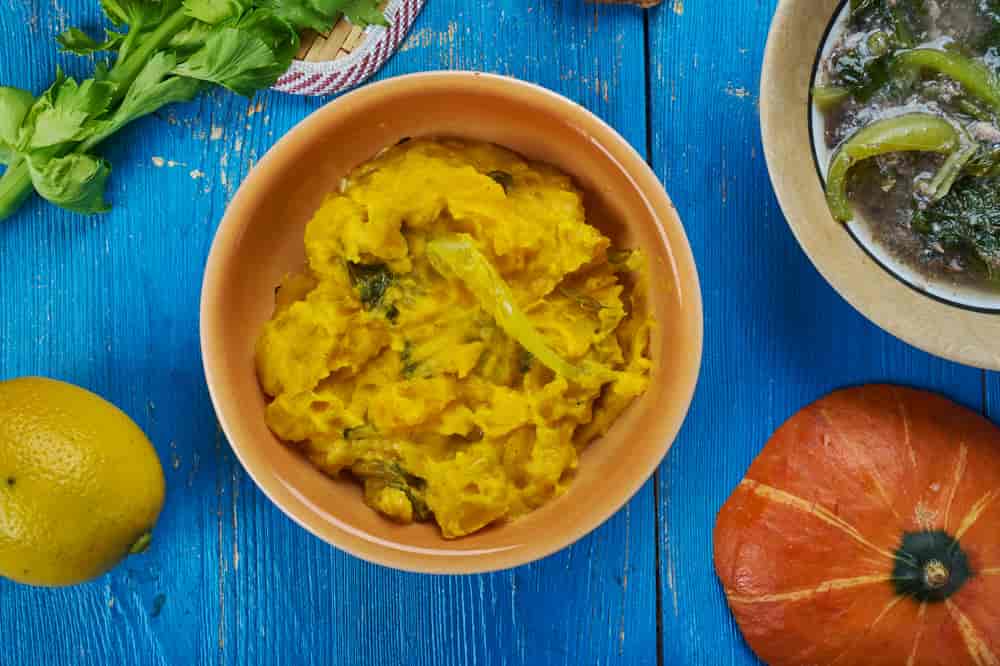
A meal in Assam begins with Khar, which refers to a class of dishes rather than a single item. Khar aims to aid digestion and cleanse the palate. The key ingredient in most Khar recipes is prepared from sun dried banana skins. Water filtered through the skins takes on medicinal properties. This liquid is combined with ingredients like raw papaya, pulses or fresh vegetables into a refreshing starter. The light, tangy Khar sets the right tone for your meal.
Duck Meat Curry
Known as Kumurat diya Hanhor Mangxo, this special occasion curry pairs duck meat with ash gourd. The natural sweetness of ash gourd balances the rich fattiness of duck. Whole spices like cinnamon and black pepper are added along with minimal onion-garlic paste so their warmth sings through each morsel. As it simmers, the spices impart vibrant flavours into tender chunks of duck and soft ash gourd slices. One of the true Assam delicacies not to be missed.
Masor Tenga
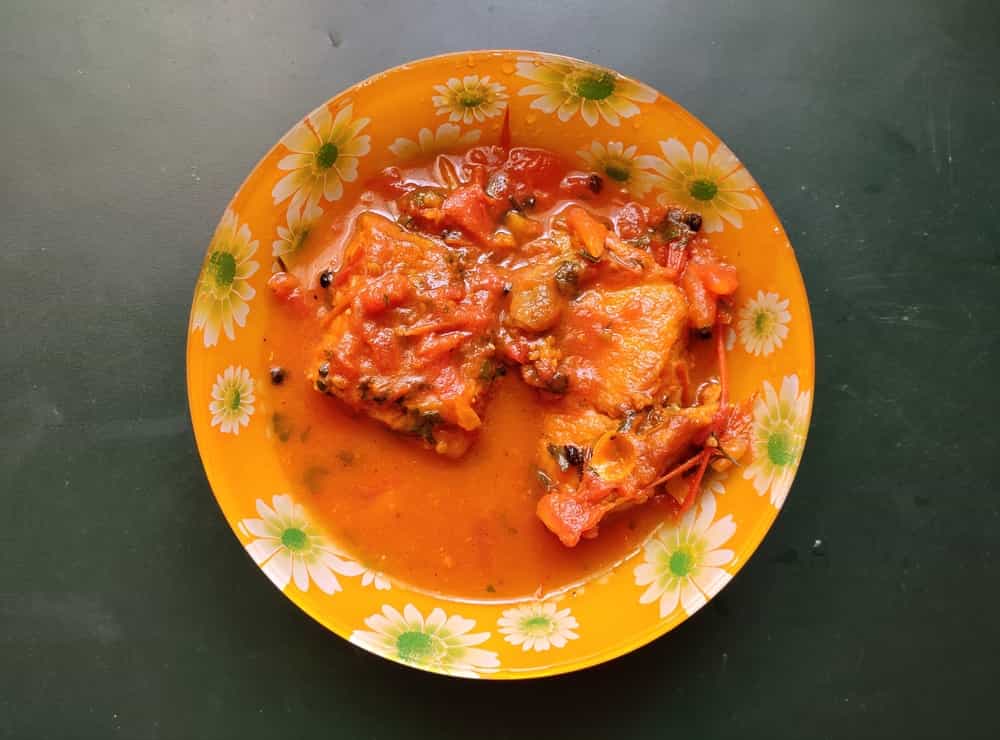
Masor Tenga is the ultimate comfort food of Assam. Freshwater fish is simmered in a tangy tomato gravy infused with the right balance of spices. Each region has its variation but the essence remains – flaky fish coated in a bright, lip-smacking tomato curry. Best enjoyed with steaming hot rice that soaks up every last bit of flavour from your plate. The versatility of this dish makes it a staple across Assamese kitchens.
Aloo Pitika
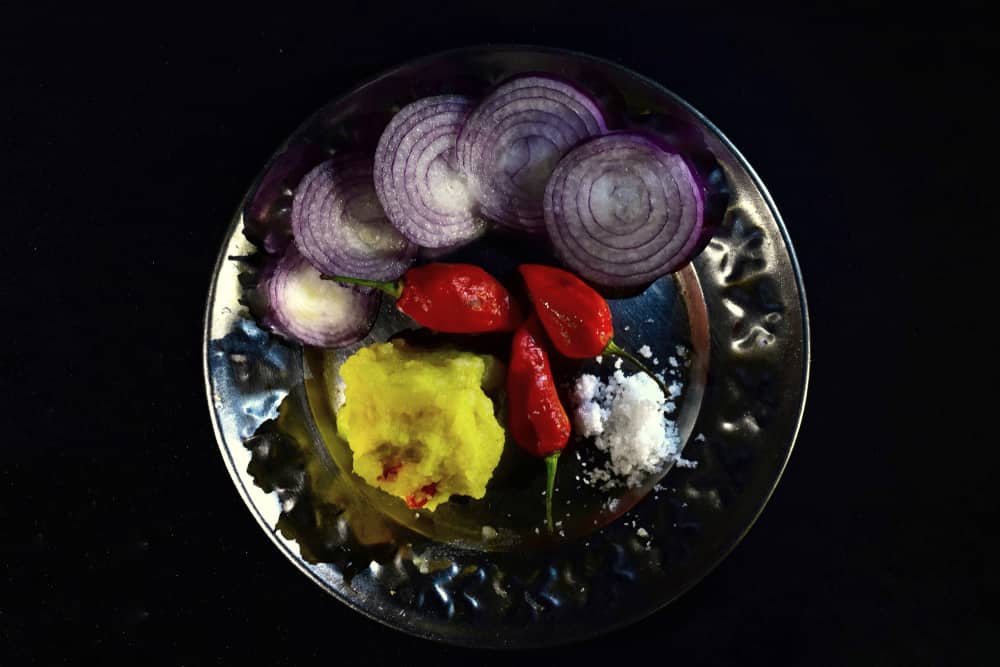
Plain boiled potatoes are transformed with local influences. Mashed potatoes are given an artful mix of coarsely chopped raw onions, green chilies and a generous dollop of Mustard Oil. The pungency awakens your taste buds as the flavours truly meld. Some versions may include pumpkin, gourd or boiled eggs as well. The smoky-tangy aloo pitika is an indulgent comfort on a plate.
Xaak Aru Bhaji
A harvest of greens, herbs and vegetables come together on this platter. Leafy greens like Xaak form the base along with seasonal produce. Tempering ingredients like ginger, garlic and cinnamon impart aroma while a simple stir-fry process keeps ingredients intact yet mixed well. The simplicity and freshness make this dish as healthy as it is tasty.
Luchi
Flaky, puffed wheat flatbreads are a must complement to curries across eastern India. Deeper and crisp outside and soft inside, these fried luchi are airy yet filling. A perfect vehicle to scoop up your next dish or simply nibble along a cup of tea. The dough involves just wheat flour and water but the end result is indulgent comfort.
Ou Khatta
Elephant apple or Ou takes centre stage in this specialty chutney. Known for its slightly pungent flavour, the fruit is balanced with jaggery to cut the bitterness. Then kickstarter with a splash of mustard oil, it transforms into a relish so unique yet so addictive. A great accompaniment with rice or flatbreads.
Baanhgajor Lagor Kukura
Assamese cooking uses local ingredients innovatively. Here bamboo shoots lend texture and aroma to a chicken curry. The shoots are simmered to tenderness then combined with chicken and lentils. Gentle warming lets the flavours mingle. Simple yet deeply satisfying assam traditional food with steaming rice, this dish highlights how expertise stems from patience.
Pithas
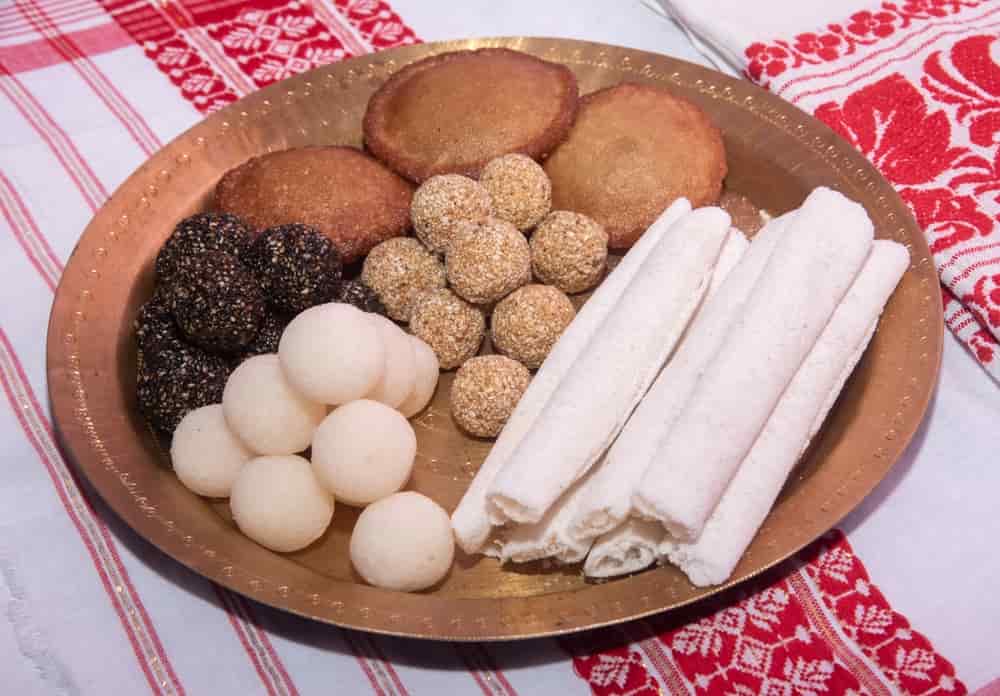
Rice based crispy or soft nibbles across varieties mark celebrations in Assam. Popular fillings include coconut grated fine and jaggery melted just right. Preparation varies too – some are steamed to fluffy perfection while others fried crisp. With infinite combinations, pithas remain loved for their subtle sweetness or tang. A joy to eat with tea to wrap up any meal.
How to reach Assam
By Air– Getting to Assam is easy. The fastest way is by air, with regular flights to Guwahati, the state capital, from major Indian cities. The airport is just 25km from the city centre.
By Train– Assam also has an extensive rail network, though travel times can be longer compared to driving. Trains connect Guwahati to cities like Dibrugarh and Tinsukia. For a more scenic journey, take the train.
By Bus– Assam has a great bus infrastructure linking it to neighbouring states. Whichever mode you choose, you’ll be one step closer to savouring the unique flavours of Assamese food, Guwahati.
Conclusion
We hope you’ve enjoyed learning about some of the amazing food of Assam that are part of cuisine and culture. The people of Assam take great pride in their culinary heritage. Perhaps this blog has inspired you to explore other regional cuisines from India’s diverse northeast. Until next time, don’t forget to get in the kitchen and give one of these lip-smacking Assamese recipes a try!